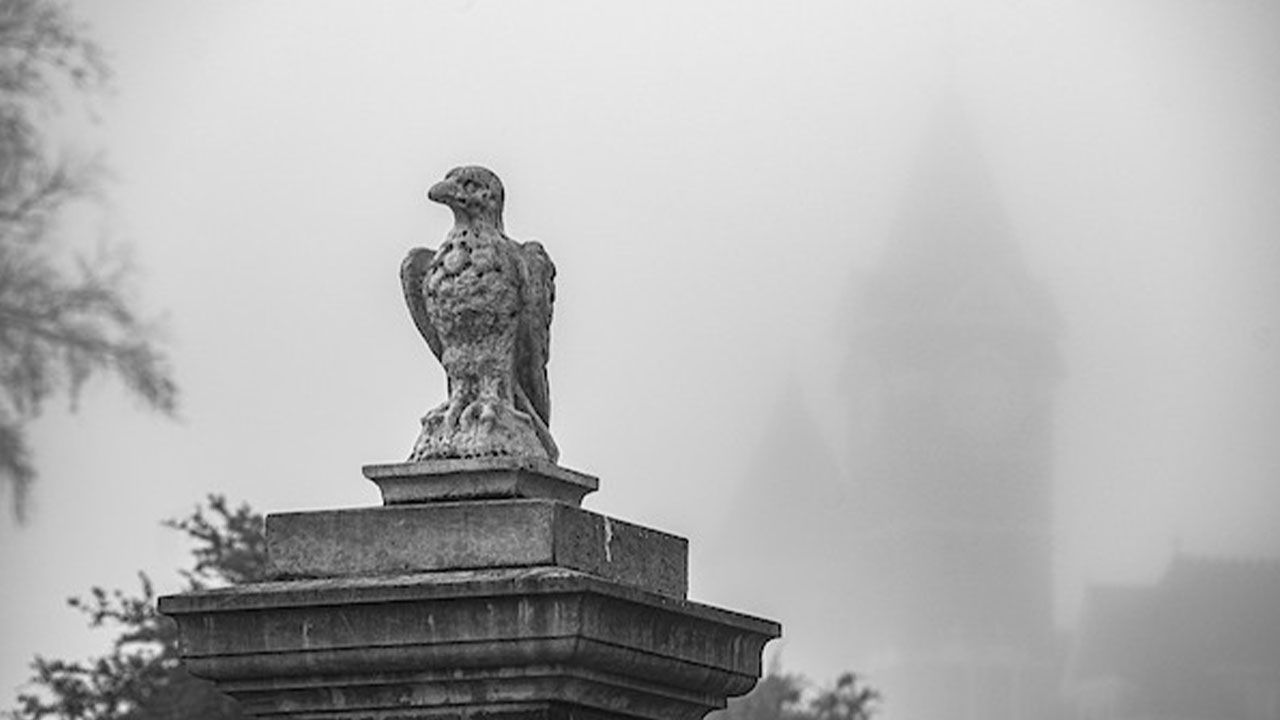The Expert Answers Q&As and columns reflect the expertise and opinions of individual faculty members and do not necessarily represent an official policy or position of the university.
content body

We’re all familiar with horror movie theme songs like the opening credits of Halloween, Jaws and the infamous soundtrack of Psycho. But why do these sounds make us cringe or feel uncomfortable?
Andrew Lynch, assistant professor in the Department of Theatre and Dance, is familiar with the science of music and fear. As a composer and sound designer, he uses techniques to guide an audience’s experience.
Lynch draws from Richard Thomas’ book Music as a Chariot to explain. “He writes about the crucial role of the amygdala in our brain. It’s a small almond-shaped structure responsible for processing our emotions. Our auditory system connects directly to it [the amygdala], meaning we can react to sounds without consciously thinking about it,” Lynch says.
He explains that musical intervals have a mathematical relationship. “Our brains like intervals with simple ratios, like the octave at a 2:1 ratio. Complex ratios like the minor second, a 16:15 ratio, feel dissonant and unnerving—think of the Jaws theme or the iconic strings in Psycho.”
Scary movies often use dissonant intervals with other effects, particularly the habituation effect and the startle effect. The habituation effect causes the audience to grow accustomed to an ongoing sound, like waves or a single violin note, creating a false sense of security. The startle effect is an involuntary response to a loud noise, as with a classic “jump scare.” Once this pattern is set, the single-note violin motif alone can make the audience anxious, knowing what’s coming next.
Through this careful manipulation of sound, horror films turn music into a powerful psychological tool, tapping into primal responses that keep us on the edge of our seats.




